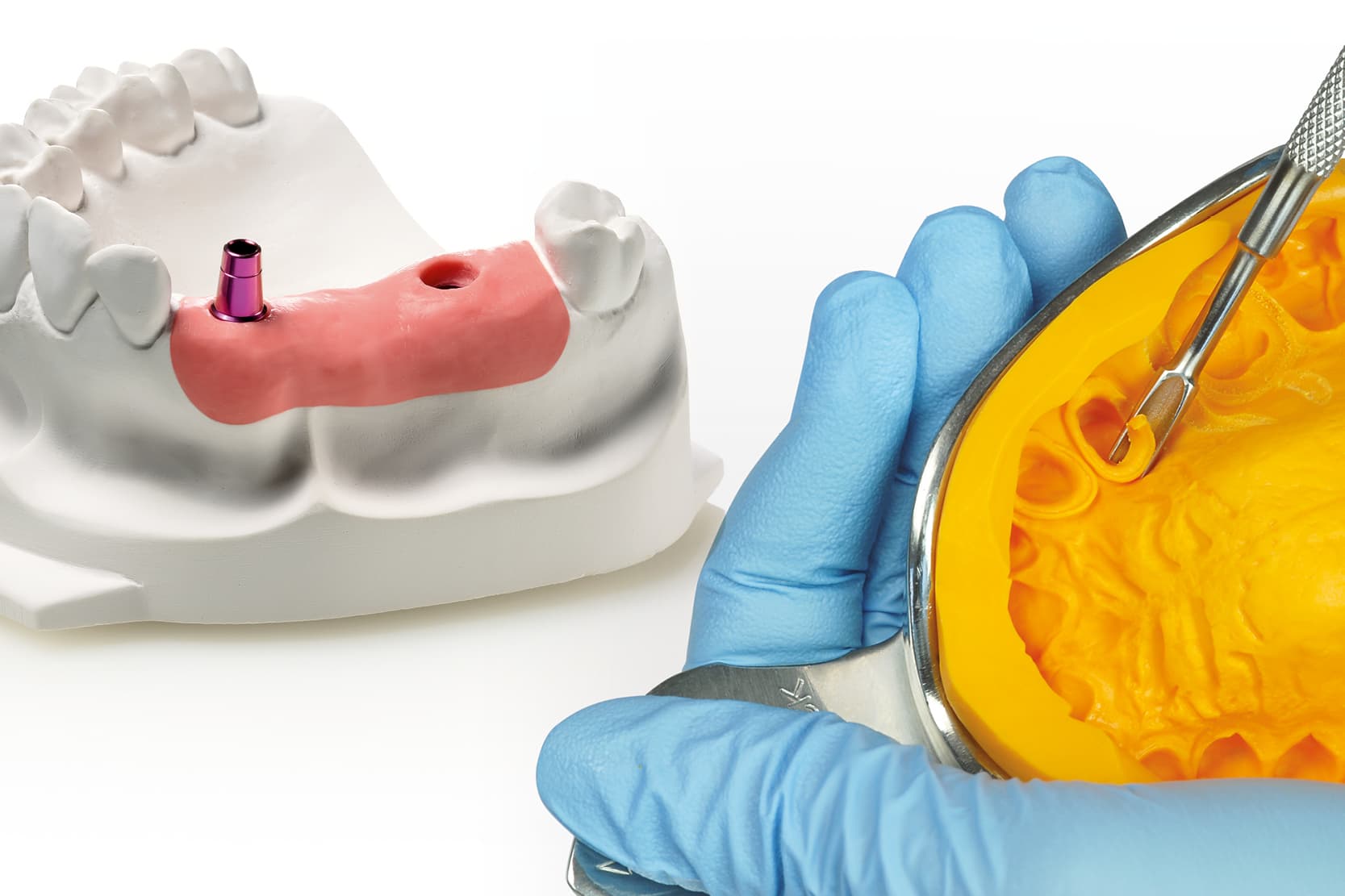
What impression materials are used in dentistry and how are they classified?
Impression materials can be divided into two main types [1,2]:
- Elastic impression materials
- Rigid (or non-elastic) impression materials
All impression materials fall into one or the other of these categories, which differ in how they can be used after setting in the oral cavity.
Elastic impression materials are by far the most commonly used, but rigid materials are to be preferred in certain clinical cases and may also be used in conjunction with elastic ones for certain applications.
Elastic impression materials
Elastic impression materials can be divided into the following types:
- Hydrocolloids – These include reversible hydrocolloids like agar agar and irreversible hydrocolloids like alginates.
- Elastomers – These are materials that demonstrate a similar elastic behaviour to natural rubber [3]. Depending on their chemical composition, elastomers can be divided into the following types: polysulfides, condensation silicones (C-silicones), addition silicones (A-silicones) and polyethers.
Let us look in greater detail at the characteristics, applications and potential disadvantages of all these types of material.
Reversible hydrocolloids
Reversible hydrocolloids were once commonly used as impression materials. They had to be heated to liquefaction temperature prior to use[1].
They are termed ‘reversible’ because they can be softened by heating until they flow into any shape.
Over the years, the reversible nature of these materials and the need for heating equipment and special impression trays with built-in water cooling circuits to set the materials in the mouth have led to dental practices abandoning them. They are still used in dental laboratories for model duplication purposes, however.
Irreversible hydrocolloids (alginates)
Irreversible hydrocolloids or alginates come in the form of a powder to be mixed with water. [4].
Alginates are very widely used given their ease of working, low cost, good precision and elasticity. Setting times vary, depending on the type of alginate [5].
They are used for taking various types of impression, e.g. for study models, for partly edentulous patients, for orthodontic devices and for models of antagonist arches.
Polysulfide elastomers
Polysulfides are hydrophobic elastomers of natural origin and are therefore relatively cheap. They also afford excellent tear resistance, viscosity and elasticity.
Their extended curing times make them suitable for taking secondary, mucodynamic impressions from totally edentulous patients.
Their limited dimensional stability, however, obliges dental technicians to cast impressions within 30 minutes of removal from the oral cavity [6].
Condensation silicones
Condensation silicones are polymers derived from polydimethylsiloxane and are cured in a condensation reaction that releases alcohol [1,2].
This leads to continuous contraction over time and manufacturers specify useful dimensional stability of only 2-3 days [7].
Thanks to their mechanical properties and accuracy, condensation silicones can be used in all clinical situations that require the production of a master model, from total edentulousness to implantology [8].
Addition silicones
Addition silicones are polyvinylsiloxanes and cure in a polyaddition reaction that does not involve the release of byproducts. This means that addition silicones have excellent dimensional stability [9].
The platinum-based catalyst, however, if sensitive to certain proteins found in latex, and contact with these substances may extend curing times. This is of particular importance when the materials are mixed manually [10].
Addition silicones are extremely versatile materials since they offer different working times, setting times and viscosities and can be mixed using various techniques [11].
The hydrophobic nature of early “A-silicones” was eventually countered by the addition of surfactants that reduce the angle of contact with water and make the material more wettable.
Combined with excellent tear resistance and elastic recovery, these characteristics[12] make PVSs a good choice for all clinical cases in the fields of prosthetics and orthodontics.
>> Want to know more? Discover the differences between addition and condensation silicones.
Polyethers
Polyethers are hydrophilic elastomers and are among the most rigid, resilient and expensive impression materials [13].
They are well suited to taking impressions of implants, because their high rigidity enables them to stabilise transfers in pick-up impressions. Also, because curing time is generally long, they give dental practices plenty of time to position the material in transfers.
High rigidity combined with only moderate elasticity makes them less suitable than PVS materials for taking impressions of multiple implants [14,15].
Though the hydrophilic nature of these materials is useful in the oral cavity, it also reduces dimensional stability and makes polyethers less stable than addition silicones [7].
Rigid impression materials
Rigid impression materials include:
- Impression gypsum
- Thermoplastic paste
- Zinc oxide-eugenol paste
Impression gypsum
Impression gypsum is made from calcium sulphate beta hemihydrate with the addition of substances that reduce expansion on setting, such as potassium sulphate, potassium chloride and potassium nitrate at 4% [2].
The extreme rigidity of impression gypsum makes it suitable for full-arch impressions for implant prostheses and for totally edentulous patients.
The total absence of elasticity, however, makes this material unsuitable for use with undercuts and therefore whenever teeth are present.
Its highly hydrophilic nature allows it to attract and absorb all nearby water molecules, and this provokes an extremely dry sensation in the patient’s mouth during impression taking.
Thermoplastic paste
Thermoplastic pastes are produced by mixing natural and synthetic resins, waxes, plastifiers and filling materials.
These pastes become plastic when heated and become rigid again on return to ambient temperature. To take an impression, these materials have to be placed in the mouth when still quite warm, pressed firmly against the tissues concerned, and left to cool.
Thermoplastic pastes can be used to take impressions of edentulous maxilla but their most frequent application is in trimming individual impression trays for use in edentulous patients.
Because the material has to be positioned in the mouth when still hot, there is always a risk of scalding, so care must be taken to avoid over-heating.
Zinc oxide eugenol paste
The last but not least important rigid impression material is zinc oxide eugenol paste. Given its consistency, which allows soft tissues to be correctly extended, this materials is recommended for taking secondary impressions of totally edentulous patients with individual impression trays and for rebasing removable prostheses.
It cures in an acid-base reaction and, given the presence of eugenol, also tends to irritate the patient’s mucosa. For this reason, and to prevent the soft tissues becoming inflamed, some authors suggest taking no more than one impression per patient with it [13].
Zinc oxide eugenol is also a very fragile material, and can break in the presence of even small undercuts. It also causes irritation during the setting reaction. A certain level of skill is therefore needed to mix it, and mixing can only be done manually.
Conclusions
The advanced characteristics and high performance of impression materials make them suitable for use in many fields of dentistry. Despite their many advantages, digital impressions do not always achieve the same level of accuracy and precision as their physical counterparts [16,17].
It is important to understand the properties of each kind of material, know how it should be used, and recognise its potential disadvantages in order to achieve excellent clinical results.
Zhermack has been a leading international player in the production of alginates, stones and condensation and addition silicones for dentists and dental technicians for the last 40 years.
The Zhermack range of impression materials satisfies the needs of dental professionals and includes products for manual and automatic mixing, for various techniques and for all clinical applications.
Bibliography
[1] Simionato F. Tecnologie dei materiali dentali. 1.2, 1.2,. Padova: Piccin; 1985.
[2] Breschi L, et al. Materiali e tecnologie odontostomatologiche. (2011): 95-117. n.d.
[3] 14:00-17:00. ISO 4823:2015. ISO n.d.
[4] Cervino G, Fiorillo L, Herford AS, Laino L, Troiano G, Amoroso G, et al. Alginate Materials and Dental Impression Technique: A Current State of the Art and Application to Dental Practice. Mar Drugs 2018;17. https://doi.org/10.3390/md17010018.
[5] https://www.iso.org/standard/6157.html n.d. https://www.iso.org/cms/render/live/en/sites/isoorg/contents/data/standard/06/05/60586.html (accessed July 21, 2022).
[6] Marcinak CF, Young FA, Draughn RA, Flemming WR. Linear dimensional changes in elastic impression materials. J Dent Res 1980;59:1152–5. https://doi.org/10.1177/00220345800590071001.
[7] Gonçalves FS, Popoff D a. V, Castro CDL, Silva GC, Magalhães CS, Moreira AN. Dimensional stability of elastomeric impression materials: a critical review of the literature. Eur J Prosthodont Restor Dent 2011;19:163–6.
[8] Hamalian TA, Nasr E, Chidiac JJ. Impression materials in fixed prosthodontics: influence of choice on clinical procedure. J Prosthodont Off J Am Coll Prosthodont 2011;20:153–60. https://doi.org/10.1111/j.1532-849X.2010.00673.x.
[9] Nassar U, Oko A, Adeeb S, El-Rich M, Flores-Mir C. An in vitro study on the dimensional stability of a vinyl polyether silicone impression material over a prolonged storage period. J Prosthet Dent 2013;109:172–8. https://doi.org/10.1016/S0022-3913(13)60038-4.
[10] Walid Y, Al-Ani Z, Gray R. Silicone impression materials and latex gloves. Is interaction fact or fallacy? Dent Update 2012;39:39–42. https://doi.org/10.12968/denu.2012.39.1.39.
[11] Wilson NH, Cowan AJ, Crisp RJ, Wilson MA. Wastage of a silicone impression material in a general practice setting: a comparison between hand and automixing methods. SADJ J South Afr Dent Assoc Tydskr Van Suid-Afr Tandheelkd Ver 2001;56:233–6.
[12] Gothwal G, Meena S, Padiyar UN, Sharma HK, Kaurani P, Singh DP. Comparative evaluation of elastic recovery of three different elastomeric impression materials on chemical disinfection and autoclaving: An in vitro study. J Indian Prosthodont Soc 2019;19:345–52. https://doi.org/10.4103/jips.jips_277_19.
[13] Gherlone E. L’impronta in protesi dentaria. Masson, 2005. n.d.
[14] Schmidt A, Häussling T, Rehmann P, Schaaf H, Wöstmann B. Accuracy of various impression materials and methods for two implant systems: An effect size study. J Prosthodont Res 2018;62:245–51. https://doi.org/10.1016/j.jpor.2017.10.004.
[15] Baldissara P, Koci B, Messias AM, Meneghello R, Ghelli F, Gatto MR, et al. Assessment of impression material accuracy in complete-arch restorations on four implants. J Prosthet Dent 2021. https://doi.org/10.1016/j.prosdent.2020.10.017.
[16] Knechtle N, Wiedemeier D, Mehl A, Ender A. Accuracy of digital complete-arch, multi-implant scans made in the edentulous jaw with gingival movement simulation: An in vitro study. J Prosthet Dent 2021:S0022391321000196. https://doi.org/10.1016/j.prosdent.2020.12.037.
[17] Mangano F, Gandolfi A, Luongo G, Logozzo S. Intraoral scanners in dentistry: a review of the current literature. BMC Oral Health 2017;17:149. https://doi.org/10.1186/s12903-017-0442-x.
Do you want more information on Zhermack Dental products and solutions?
Contact us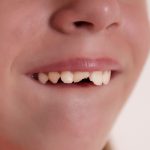
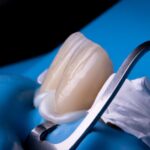
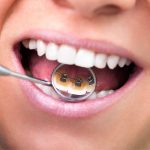
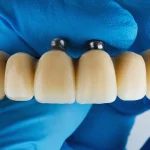

 Zhermack SpA has been one of the most important producers and international distributors of alginates, gypsums and silicone compounds for the dental sector for over 40 years. It has also developed solutions for the industrial and wellbeing sectors.
Zhermack SpA - Via Bovazecchino, 100 - 45021 Badia Polesine (RO), Italy.
Zhermack SpA has been one of the most important producers and international distributors of alginates, gypsums and silicone compounds for the dental sector for over 40 years. It has also developed solutions for the industrial and wellbeing sectors.
Zhermack SpA - Via Bovazecchino, 100 - 45021 Badia Polesine (RO), Italy.


